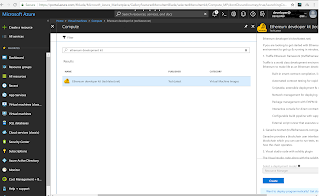Is Making the Crypto Space Legally Compliant Paving the Road to Mass (Blockchain) Adoption?
Image Source The rise of blockchain has pushed crypto currencies to the forefront and enabled them to reach more and more people every day. And while crypto mass adoption has been visible more than ever with currencies like Bitcoin and Ethereum, others didn’t have such an easy time taking off. Bitcoin accumulation has created an abundance of wealth for those who own it, while Ethereum has provided business opportunities via creations like smart contracts. But there were also cryptocurrencies like Dogecoin and SpaceBit, and, most famously, Ethereum’s DAO that failed quickly after the launch because of unclearly mapped progression paths, bad publicity, security breaches, and unethical behavior. In that sense, many people believe that the reason for these shortcomings is the absence of regulations and frameworks that prevent bad business practices and malicious behavior. The continued ability to conduct all these activities in the sector, unchecked, has resulted in the cr...

